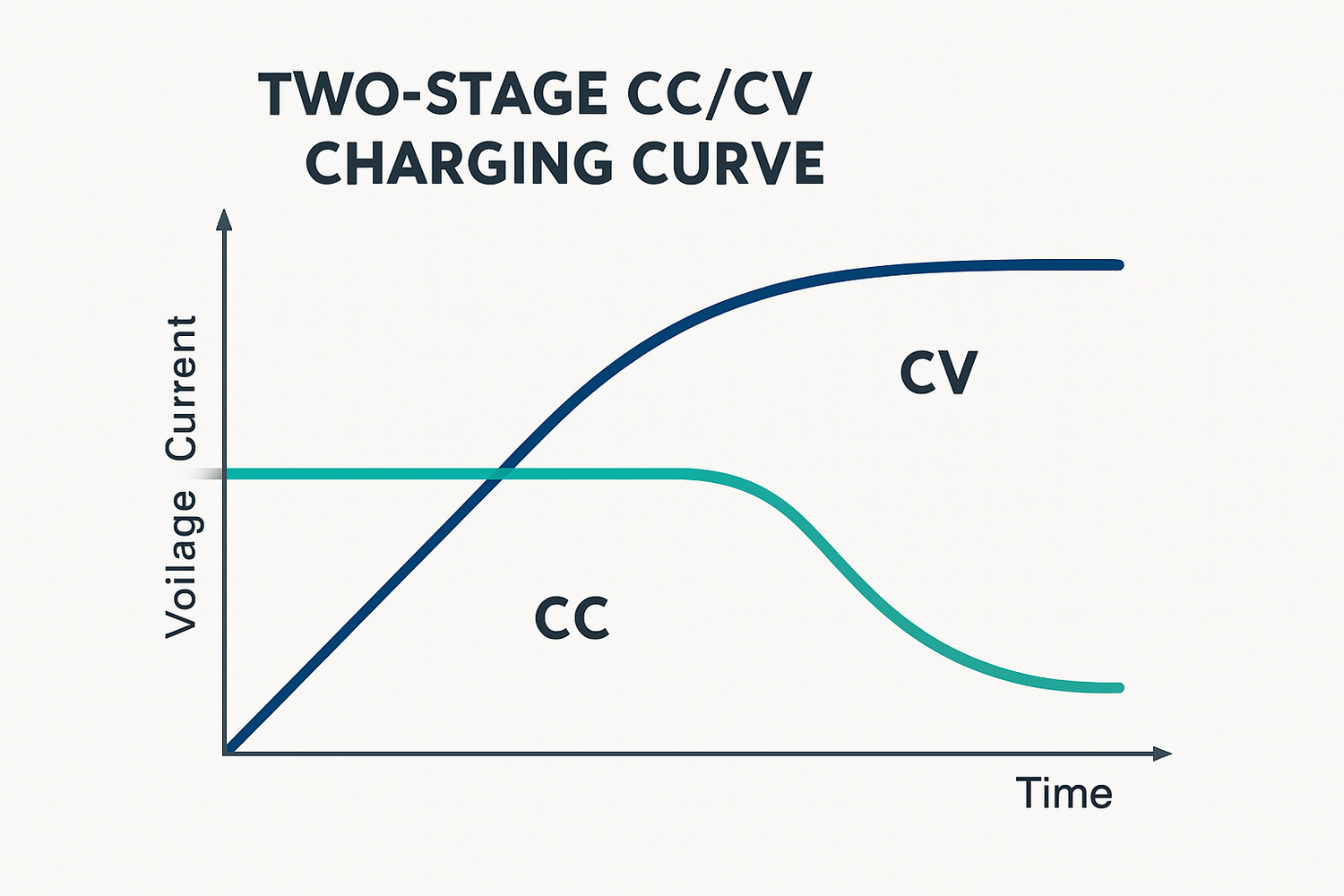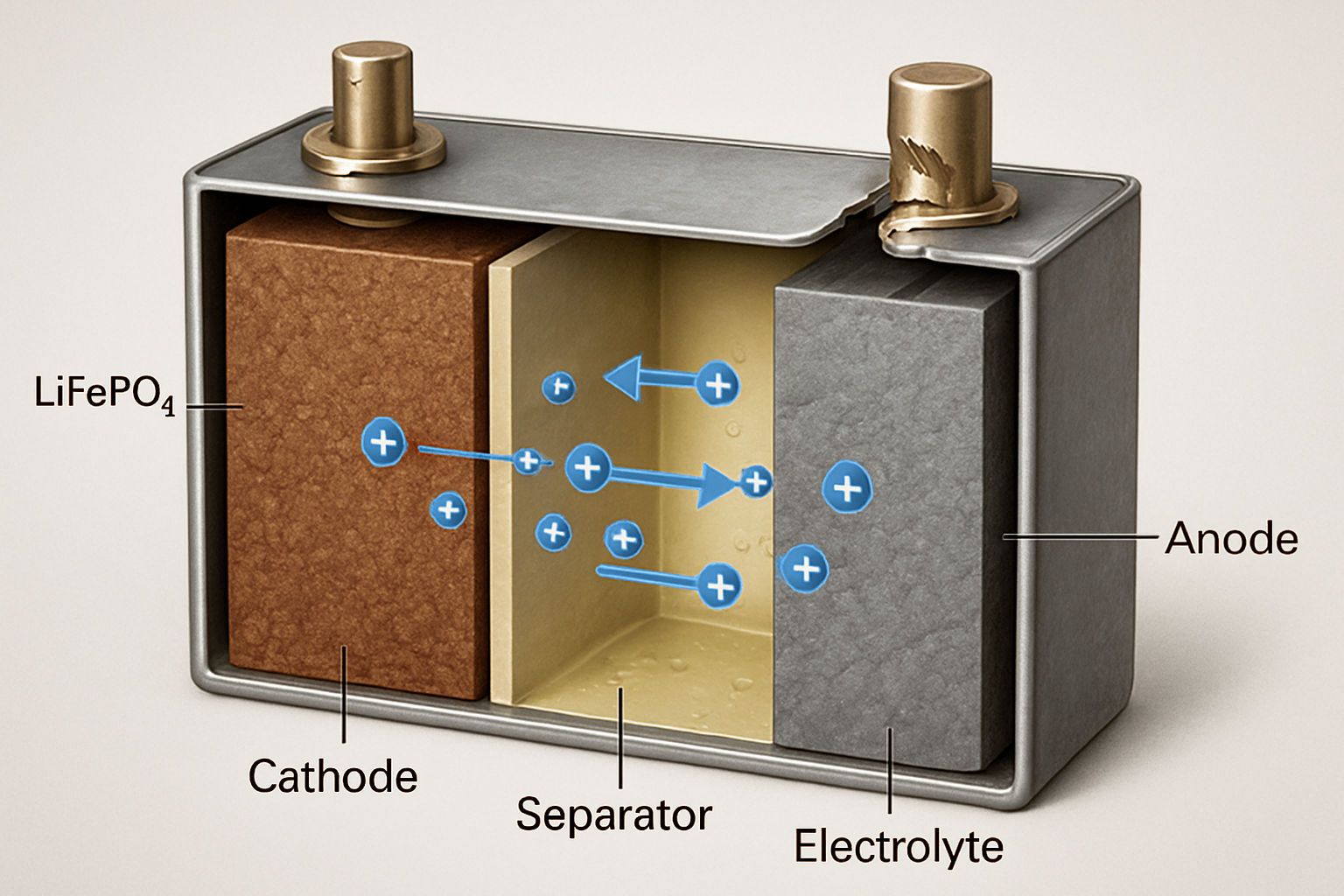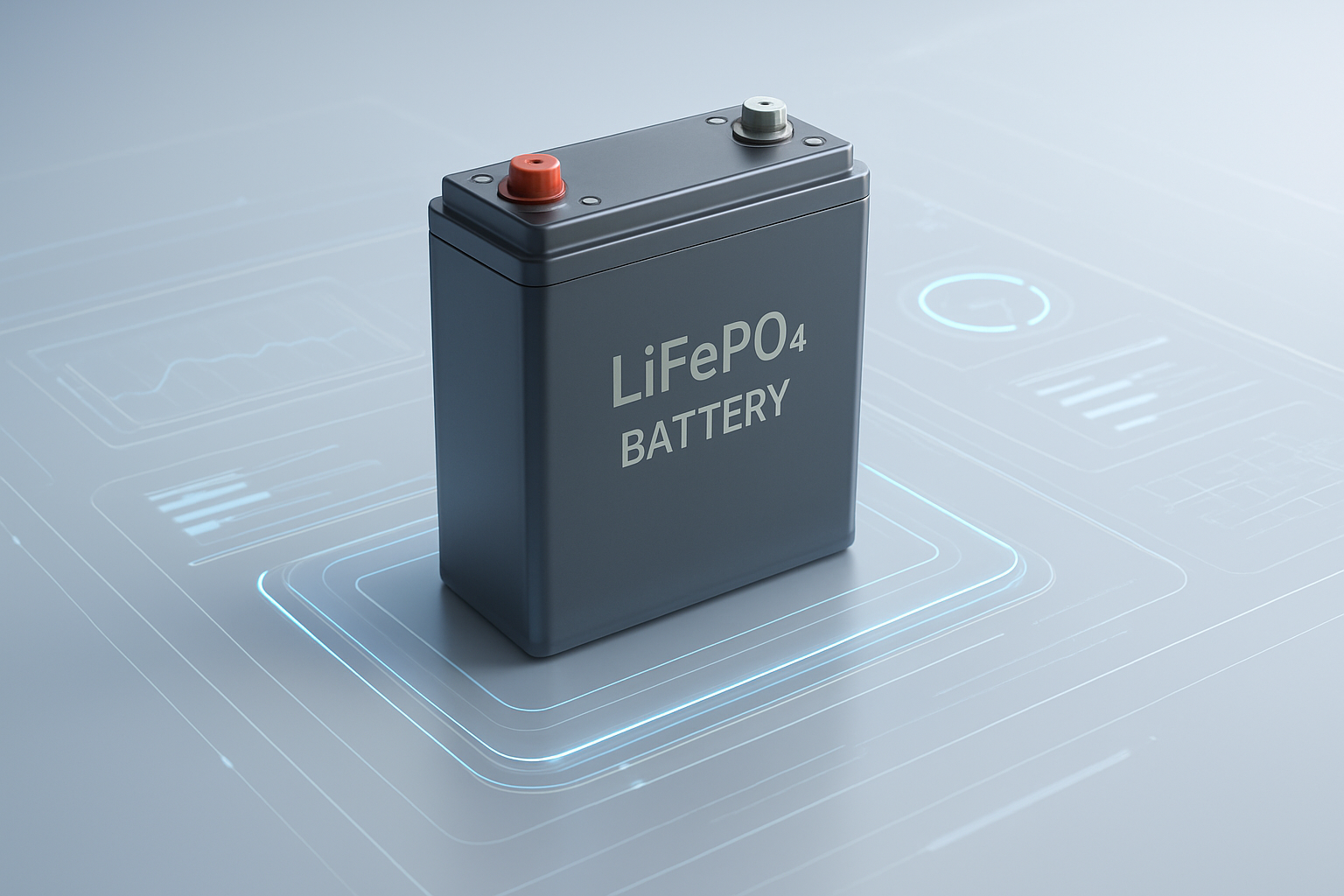A home energy storage system is a cornerstone of modern energy independence. At the heart of these systems, Lithium Iron Phosphate (LiFePO4) batteries have become a preferred choice. Their reputation for safety, reliability, and a long operational life makes them ideal for residential use. Properly charging your LiFePO4 battery is fundamental to unlocking its full potential and ensuring it operates safely for years. This guide provides clear, practical steps for charging your home energy storage system.
Understanding LiFePO4 Battery Fundamentals
Before connecting any cables, it is helpful to know what makes your LiFePO4 battery distinct. Its unique chemistry directly influences how it should be charged and maintained.
What Makes LiFePO4 Different?
LiFePO4 batteries belong to the lithium-ion family but use a specific chemistry that provides significant advantages. The cathode material, lithium iron phosphate, is exceptionally stable. This inherent stability means the battery is far less prone to thermal runaway, a common concern with other lithium-ion types. Key benefits include a superior safety profile, a much longer cycle life often exceeding several thousand cycles, and a consistent power output. These characteristics make LiFePO4 technology a reliable core for any solar energy battery storage solution.
Key Charging Parameters
Several terms are central to the charging process. Understanding them helps you monitor your system's health and performance.
- Voltage (V): Think of voltage as the electrical pressure that pushes energy into the battery. LiFePO4 cells have a nominal voltage of around 3.2V, and systems are built in series to create 12V, 24V, or 48V batteries.
- Current (A): This is the rate at which energy flows into the battery. It is measured in amperes (amps). A higher current means faster charging.
- State of Charge (SOC): Expressed as a percentage, SOC indicates how full the battery is. 100% is fully charged, while 0% is fully discharged.
- Depth of Discharge (DOD): This is the opposite of SOC. It represents the percentage of the battery's capacity that has been used. A battery with an 80% DOD has 20% SOC remaining. LiFePO4 batteries can handle deep discharges without significant degradation.
The Core Charging Process for LiFePO4 Batteries
Charging a LiFePO4 battery is a precise process managed by smart electronics. The goal is to replenish energy quickly without compromising safety or longevity.
The CC/CV Charging Method
The standard and most effective method for charging LiFePO4 batteries is called Constant Current/Constant Voltage (CC/CV).
- Constant Current (CC) Stage: This is the first phase, where the charger supplies a steady current. The battery absorbs the bulk of its energy during this stage, and its voltage rises steadily. For a 100Ah battery, a 50A current (a 0.5C rate) would be typical for this phase.
- Constant Voltage (CV) Stage: Once the battery voltage reaches a set limit (e.g., 14.6V for a 12V system), the charger switches to the CV stage. It holds the voltage constant while the current gradually decreases. The battery is 'topping off' during this phase, and the charging process is complete when the current drops to a minimal level.
The Role of the Battery Management System (BMS)
The Battery Management System (BMS) is the intelligent component of your battery pack. It is a crucial safety and longevity feature. The BMS continuously monitors each cell and protects the battery from potential harm by preventing over-charging, over-discharging, and overheating. It also performs cell balancing, ensuring all cells within the pack maintain an equal state of charge. This balancing act is vital for maximizing the battery's capacity and lifespan.
Charging Sources for Your Home ESS
A versatile home energy storage system can be charged from multiple sources, giving you flexibility and resilience.
Solar Panel Integration
The most common way to charge a residential energy storage system is with solar panels. The panels convert sunlight into DC electricity, which is then regulated by a solar charge controller or a hybrid solar power inverter before it reaches the battery. According to the U.S. Department of Energy's research on power optimization, systems that use DC coupling can be more efficient. As detailed in the EERE Success Story—How Power Optimization Technology Research Built a Successful U.S. Business, DC coupling allows power to flow directly from the panels to the battery, requiring only one inverter for the entire system. To get the most out of your solar array, it is vital to monitor key performance metrics. You can find an ultimate reference for solar storage performance that explains concepts like round-trip efficiency and system sizing in detail.
Grid Charging
You can also charge your battery from the utility grid. This is particularly useful for homeowners on Time-of-Use (TOU) electricity plans. You can charge the battery during off-peak hours when electricity is cheap and then use that stored energy during peak hours when grid power is expensive. It is also a practical way to ensure your battery is at 100% capacity before a predicted storm or power outage.
Generator Charging
For those living off-grid or seeking maximum preparedness, a generator can serve as a backup charging source. During long periods of cloudy weather or extended grid outages, a generator connected through a compatible inverter-charger can replenish your battery, ensuring your essential loads remain powered.
Best Practices for Safety and Longevity
Following a few simple guidelines will help you get the most out of your LiFePO4 battery investment.
Optimal Temperature Range
LiFePO4 batteries perform best within a specific temperature window. The ideal charging temperature is between 0°C and 45°C (32°F and 113°F). Charging below freezing can cause permanent damage due to a phenomenon called lithium plating. Most modern systems with a quality BMS will have low-temperature protection that prevents charging in unsafe conditions.
Recommended Charging Rates
The charge rate is often expressed as a C-rate, where 1C means the battery is fully charged in one hour. While many LiFePO4 batteries can handle a 1C charge rate, using a gentler rate of 0.5C (charging over two hours) is generally recommended. A slower charge rate reduces stress on the battery components and can significantly extend its operational life. The International Energy Agency's report, Next Generation Wind and Solar Power, notes how pairing battery storage with solar PV enhances system value and stability.
Partial State of Charge (PSoC) Operation
Unlike older lead-acid batteries, LiFePO4 batteries do not need to be fully charged regularly. They are very tolerant of being in a partial state of charge. In fact, you can often extend their lifespan by operating them between 20% and 80% SOC. This reduces strain on the cells and maximizes the total number of cycles you can get from the battery. The growth of residential storage, as highlighted by organizations like IRENA, is driven by the flexibility and durability of technologies like LiFePO4.
Final Thoughts on System Performance
Properly charging your LiFePO4-based home energy storage system is straightforward but essential. By understanding the CC/CV method, relying on a high-quality BMS, and respecting best practices for temperature and charge rates, you ensure your system operates at its best. This careful management protects your investment and provides reliable, clean power, moving you closer to complete energy independence.
Frequently Asked Questions
Can you overcharge a LiFePO4 battery?
A properly functioning Battery Management System (BMS) prevents overcharging. The BMS will cut off the charging current once the cells reach their maximum voltage, making it extremely difficult to overcharge the battery under normal operating conditions.
How fast can I charge my LiFePO4 home battery?
The charging speed is determined by the C-rate. While some LiFePO4 batteries can handle a 1C charge rate (fully charging in one hour), a rate of 0.5C is generally recommended to maximize the battery's lifespan. Always check the manufacturer's specifications.
Is it necessary to fully charge a LiFePO4 battery every time?
No, it is not necessary. In fact, LiFePO4 batteries perform very well under a partial state of charge. Keeping the battery between 20% and 80% SOC can help extend its overall cycle life. Unlike older battery technologies, they do not suffer from a 'memory effect'.





Leave a comment
All comments are moderated before being published.
This site is protected by hCaptcha and the hCaptcha Privacy Policy and Terms of Service apply.